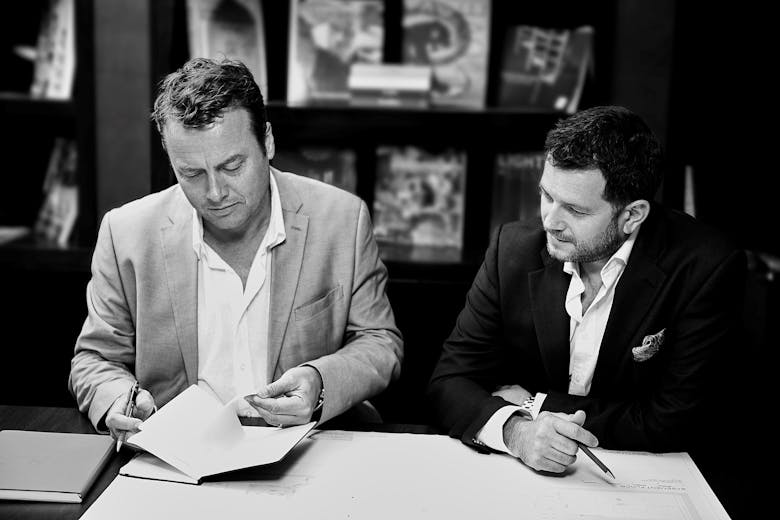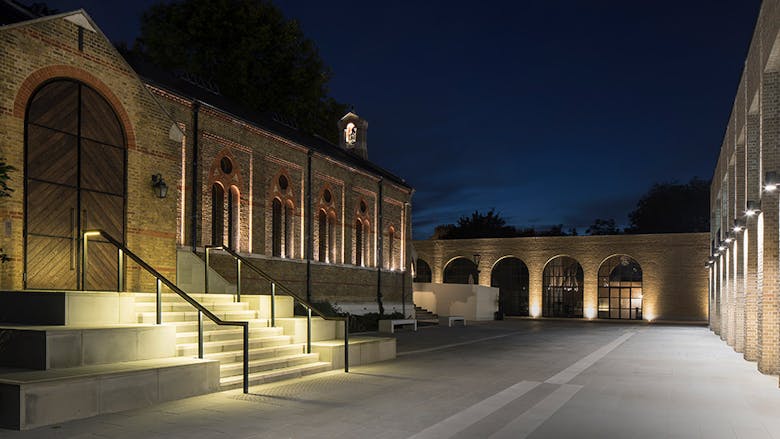INTERVIEW: Tech companies have been falling over themselves to deliver solutions for the prime resi industry during the Covid-19 pandemic. With buyers either unable or unwilling to visit in person, those all-important first impressions are being made online – and high-end firms need to make them count more than ever. PrimeResi caught up with Henry Goss of The Boundary, whose firm is working on two of the world’s most high-profile projects – New York’s Waldorf Astoria and Mayfair’s Audley Square House – to find out what’s happening at the vanguard of the visualisation revolution…
You co-founded your visualisation studio in 2014 and launched The Boundary Explore earlier this year; what prompted the idea, and can you give us a flavour of the schemes and firms you have been working with so far?
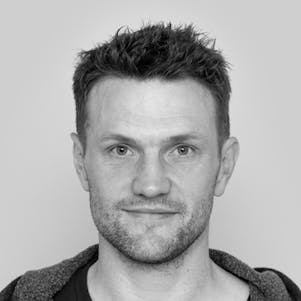
The Boundary has always been at the forefront of technical advances and research and development within architectural visualisation. We strive to push what is possible, and The Boundary Explore is a natural extension to this progression.
We are passionate about offering our clients something impactful which no other CGI studio can. And testament to how game-changing The Boundary Explore is was its first project: New York’s Waldorf Astoria, an incredibly high profile $1 billion project that has seen the restoration and redevelopment of the iconic hotel to include 375 brand-new residential condos.
We are also incredibly excited to be working on what is set to be London’s most expensive residential apartments on a price per square foot basis, Audley Square House in Mayfair.
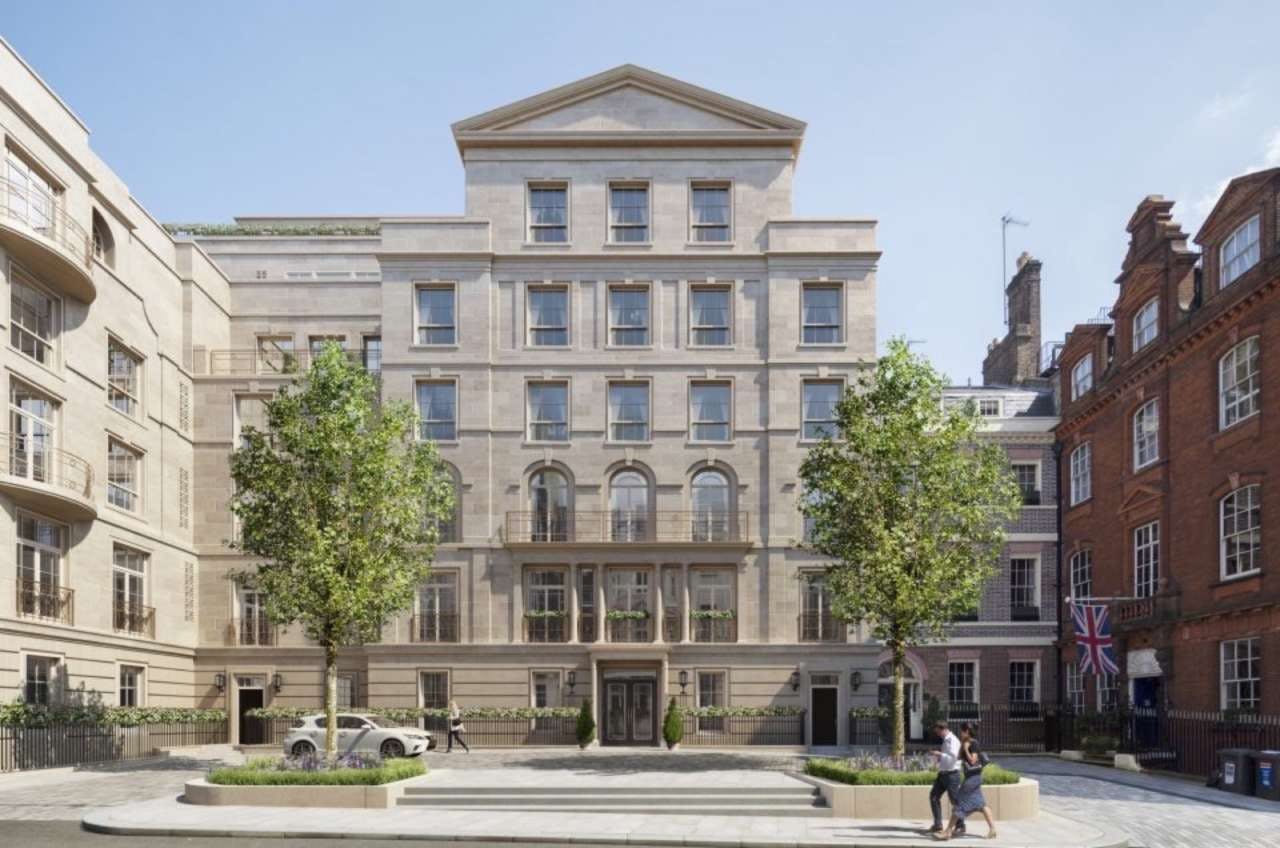
The Boundary Explore has been described as a “game changer” for the industry; what sets it apart from the multitude of other VR options out there for real estate developers and agents?
It allows real time freedom of movement VR within unbuilt environments for off plan residential sales, with photorealistic quality, but without the need for software or hardware which restricts access to a marketing suite or app environment.
The Covid-19 pandemic – which has seen physical property viewings banned in many countries and international travel curtailed – has driven a spike of interest in virtual tours. How did you responded to the sudden demand for the technology, and do you think the level of interest will be sustained once lockdowns have passed?
We launched The Boundary Explore just before the start of the pandemic, so our resources were already in place to respond to a surge in demand. Since the middle of March, we have taken 100s calls from agents and developers looking for a way to bring residential spaces to life for buyers without the immediate need to visit a physical marketing suite in the location city.
With the market continuing to face uncertainty on international travel, making it impossible to attract potential buyers to marketing suites around the world, we expect demand to sustain.
Traditionally a far greater portion of marketing spend has been put into building physical marketing suites themselves, relative to the content that is shown within them, but that dynamic is now changing. The true value of investing in very high-quality content is now coming sharply into focus – especially for the unbuilt market.
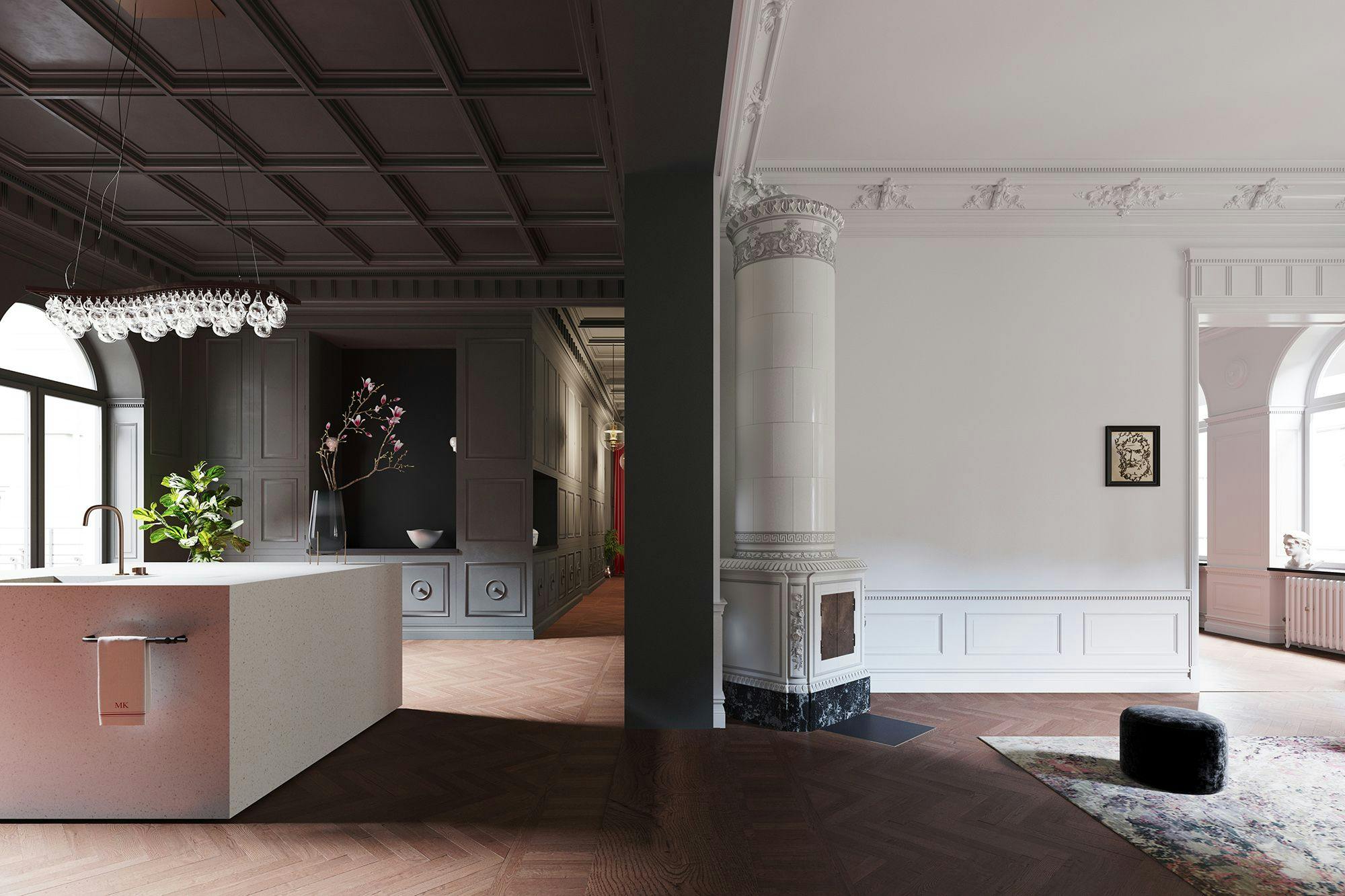
Can you briefly talk us through the logistics of creating a tour – what does the process involve and how long does it usually take?
A typical tour, from start to finish, will take between 6-8 weeks. They are created at the same time as we develop the other assets required for any marketing campaign, which always start with still images, and then progress to other deliverables such as animations, cinemagraphs and VR tours.
What sets The Boundary apart is that we always create full 3D worlds for all environments, irrespective of whether the client only requires still images, which enables us to explore the space as if we were architectural photographers or cinematographers. This is how we create the highest quality images and compositions, which is then reflected across all other animated deliverables, including Boundary Explore VR tours
How are you quantifying the results/ROI for clients?
Ultimately the ROI is driven by conversion metrics through the sales funnel and comparing results with or without VR tours.
This starts with lead generation as measured by metrics around customer engagement with the VR tours on the client’s website, for which we provide clients full analytics covering levels of engagement, devices used (phone, tablet, desktop), VR tour dwell times and acquisition points.
You’re focusing on the international super-prime sector; in your experience, how open are these developers and marketing agents to new innovations, such as this?
Over the past ten years, The Boundary has created digital content for over £10 billion worth of prime and super prime residential property sales in Manhattan and London, proof that innovate developers and marketing agents realise the value digital content can deliver.
We saw buyers including Tom Brady, Gisele Bündchen and Lewis Hamilton using our VR when viewing a property in New York, and that created some buzz in the market
We established our reputation in New York, a highly sophisticated real estate market, whose developers have traditionally been far quicker to adopt the latest technologies and embrace the highest quality content providers in order to gain an edge over their competition in their local market but also over developments in other global capital cities. We saw buyers including Tom Brady, Gisele Bündchen and Lewis Hamilton using our VR when viewing a property in New York, and that created some buzz in the market.
Over the last two years we have seen developers in other global markets such as London now starting to understand the true value of photorealism and emotive qualities of imagery used in marketing campaigns. Our new virtual reality platform is currently working with luxury developments with a combined value of €2.2 billion in London, highlights how it isincreasingly being adopted here.

How accessible is the technology for smaller-scale operators with limited budgets?
The Boundary Explore is definitely a product designed for the prime residential sector. We find the value proposition stands up to scrutiny for new build apartments and houses starting from £1.5 million.
How are developers incorporating the tours into their marketing strategies?
They are integrating them directly into their marketing websites, as well as showcasing them within traditional marketing suites. They can be linked into multi-sensory marketing suite experiences, integrated with traditional 2D physical models, and used with VR headsets and large touch screens.
The Boundary Explore is currently aimed at the off-plan sector; do you have any plans to roll out tours for second-hand homes?
No. This sector is already served by different service providers which rely on real life photography to create VR tours.
Computer generated imagery for real estate projects can be beautiful and compelling, but many attempts miss the mark… Are there any common pitfalls that developers and agents should be wary of, or any best-practice tips that you can share?
The human eye and brain will subconsciously pick up on any detail, however small, which doesn’t fit with its experience of what is real. Being true to the laws of physics, the properties of natural light, reflections and shadows for example are all vital to create images which deceive the human eye, and therefore allow the user to really engage on an emotional level with the image they are seeing, or the VR tour the are experiencing. It is this emotional response which will enable someone to imagine themselves living in the space, and this more often than not will be the difference between a buyer going ahead with a purchase or now.
The mistake we see all too often is marketing agents pushing for excessively blue skies being seen out of windows, which while superficially might look attractive, instantly stands out as not quite right to then human eye, even if a buyer can’t put their finger on why that is. But their energy and focus subtly moves away from that emotional connection, and ultimately this harms conversion rates. The key message is to ensure images respect the laws of nature and trust the CGI artists skills to deliver beautiful imagery within this context.
VR has come on in leaps and bounds in the last few years; how do you think the tech will evolve over the next few years?
I think the next big leap will be to create immersive VR headsets which solve the problems of feeling seasick and disorientated when wearing them which currently persist.
In this article
Topics
Headline PostMain image: Stockholm apartment
